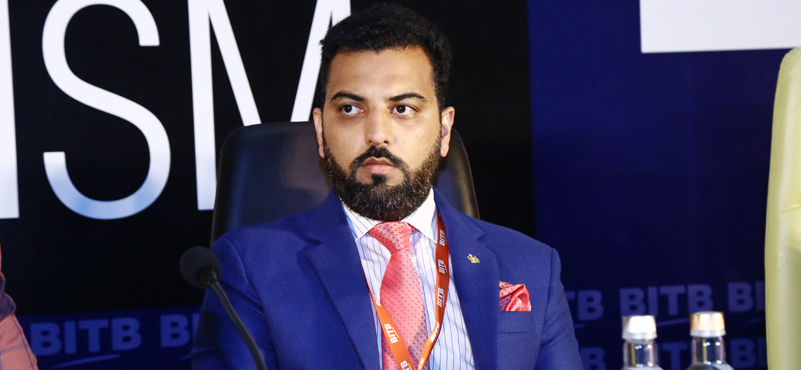Maharashtra state government has given the go-ahead to privatise 22 forts under its jurisdiction. On the lines of Rajasthan and Goa, the new tourism policy promulgated by the state government would enable private players and consortia to manage 22 forts that are not under the purview of the ASI. These structures are categorised under class 2, meaning they are of lesser historical significance and can be developed by interested parties. Besides resorts, the new policy allows for privatisation of open land as well. These can be developed on a revenue-sharing model with the government or after payment of a one-time premium. A similar such move earlier had to be shelved owing to vociferous protests by the heritage conservationist community. The state government has been more cautious and accommodative in its second push and has rightly added some riders to assuage concerns. No private structures, no damage to existing water bodies and the surrounding environment are some of the caveats in the plan. Further, the lease stipulates the provision of air connectivity to improve the ease factor, as many of these structures are in far-flung locations and getting there can be a tedious task.
The idea of monetizing heritage structures and making them self-sustainable has been mooted more than once and has been backed by several industry stakeholders. India’s heritage assets run in several hundred thousand and, despite the best intentions, the ASI is simply not, financially or otherwise, equipped to shoulder the burden alone. It is expected that these structures will get more attention among tourists with vibrant private sector participation, as they would infuse new attractions to further the pull factor, bringing in more money, ultimately enabling better upkeep of these monuments. It is time to look at the private sector as an equal partner in heritage conservation and not as some scheming entities with ulterior motives. This model could be emulated by more state governments, especially since it has already been put into use by the central government.




































